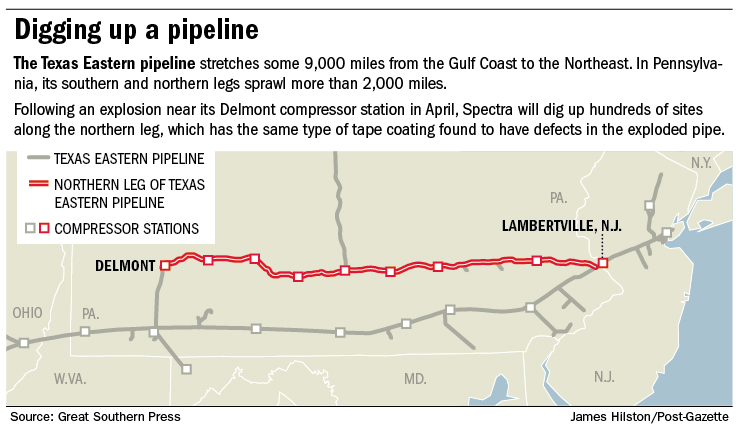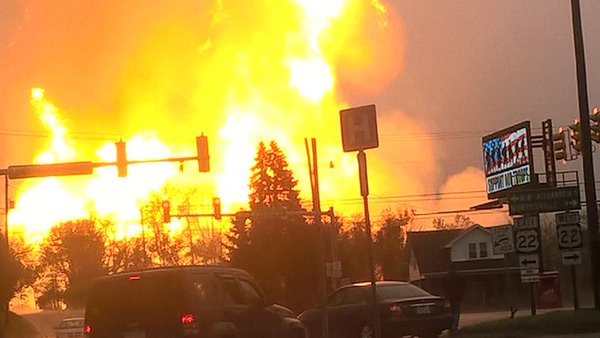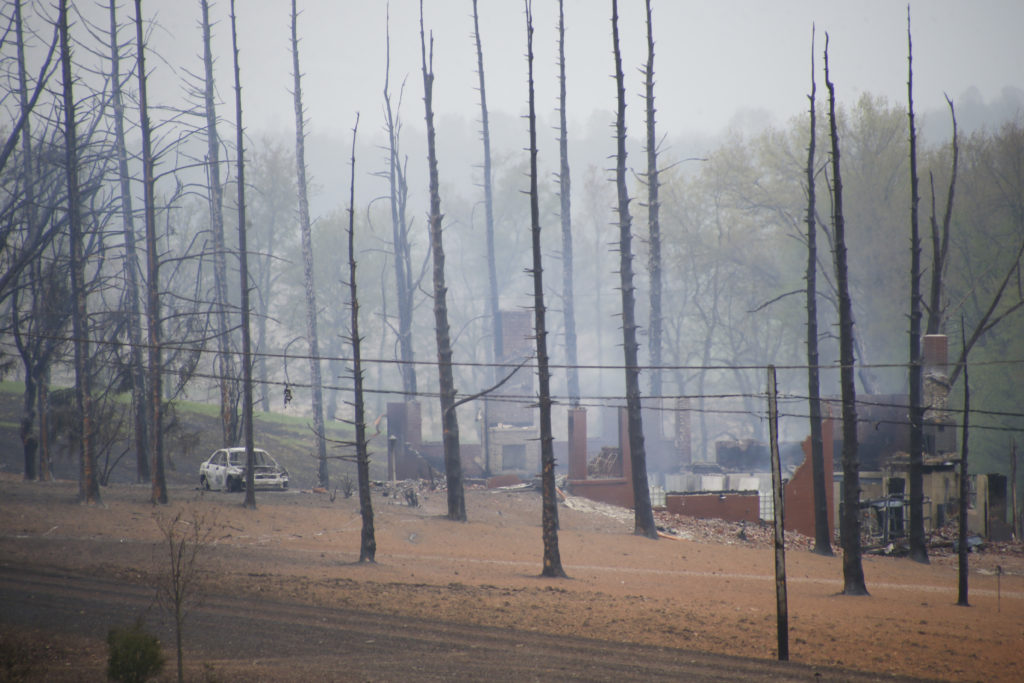This is big news. Anyone living close to a natural gas pipeline really ought to read this article.
The short story is that Tetco found corrosion on its pipeline back in 2012. They didn’t just find a little bit, either. Fully 1/3 of the thickness of the pipe had corroded away. That didn’t set off alarm bells, though. Why? Because the industry standard was to expect 1-3% of the thickness of the pipeline to wear away each year. Since the pipeline was scheduled for another inspection in 2019, they figured they would just check up on it then.
The corrosion actually occurred at a rate of 10-15% per year.
The pipeline exploded.
The company is going to be paying out the wazoo for damage to property and to the poor guy who got burns over most of his body while running away from the fireball.
The moral of the story is this: when the pipeline representative tells you that the pipeline has regularly scheduled inspections and that they know how to keep it safe, they aren’t right.
The rep isn’t lying. The rep believes what his/her employer is telling them. The pipeline actually believes it is doing what it should (in most situations). They’re just not right. They simply can’t account for any and all contingencies.
Pipeline companies really need to step up the inspection schedules and come up with some better technology to protect the people that live next to their pipelines. We mentioned in a previous post that less than 20% of all pipeline problems are discovered by the technology employed for that purpose. Well over 50% are discovered by landowners and pipeline employees visually inspecting the pipeline right of way. That’s just not acceptable, at least not when the company is telling people that their technology will keep them safe.



